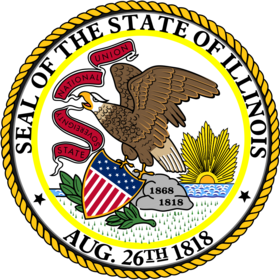TEMPLATE Grade 3 - PARCC Item & Task Prototypes, Key Advances, Fluency Expectations, Within-Grade Dependencies
PARCC Item & Task Prototypes, Key Advances, Fluency Expectations, Within-Grade Dependencies
PARCC Item & Task Prototypes
PARCC Key Advances
Students in grade 3 begin to enlarge their concept of number by developing an understanding of fractions as numbers. This work will continue in grades 3–6, preparing the way for work with the complete rational number system in grades 6 and 7.
Students in grades K–2 worked on number; place value; and addition and subtraction concepts, skills and problem solving. Beginning in grade 3, students will learn concepts, skills and problem solving for multiplication and division. This work will continue in grades 3, 4 and 5, preparing the way for work with ratios and proportions in grades 6 and 7.
PARCC Fluency Expectations
3.OA.7 Students fluently multiply and divide within 100. By the end of grade 3, they know all products of two one-digit numbers from memory.
3.NBT.2 Students fluently add and subtract within 1000 using strategies and algorithms based on place value, properties of operations, and/or the relationship between addition and subtraction. (Although 3.OA.7 and 3.NBT.2 are both fluency standards, these two standards do not represent equal investments of time in grade 3. Note that students in grade 2 were already adding and subtracting within 1000, just not fluently. That makes 3.NBT.2 a relatively small and incremental expectation. By contrast, multiplication and division are new in grade 3, and meeting the multiplication and division fluency standard 3.OA.7 with understanding is a major portion of students’ work in grade 3.)
PARCC Examples of Major Within-Grade Dependencies
Students must begin work with multiplication and division (3.OA) at or near the very start of the year to allow time for understanding and fluency to develop. Note that area models for products are an important part of this process (3.MD.7). Hence, work on concepts of area (3.MD.5–6) should likely begin at or near the start of the year as well.
